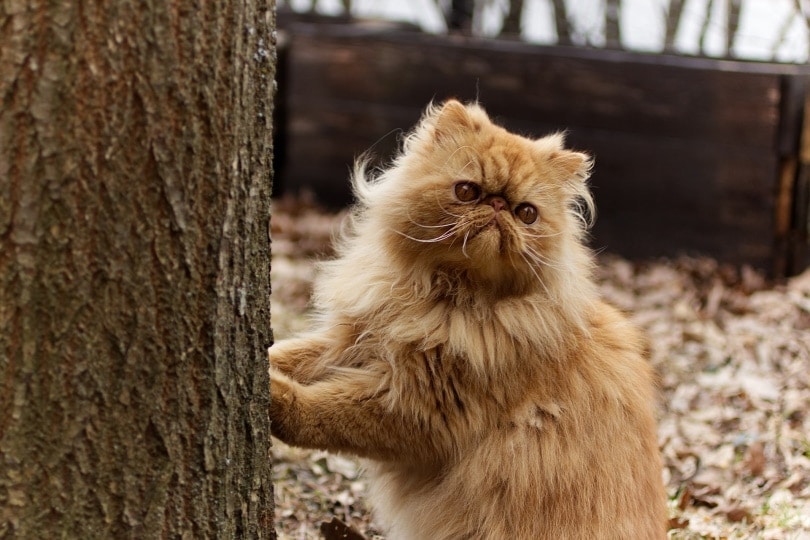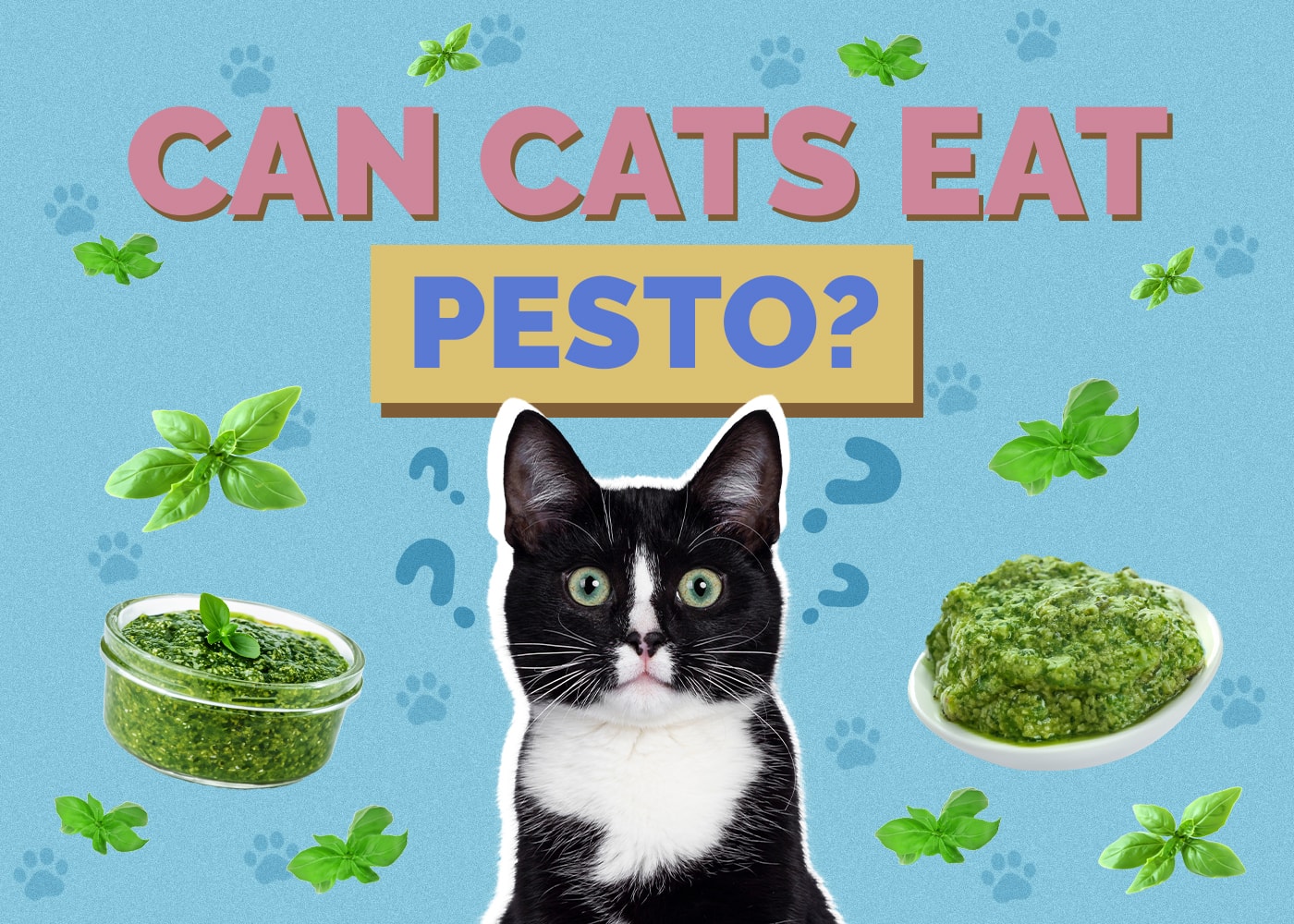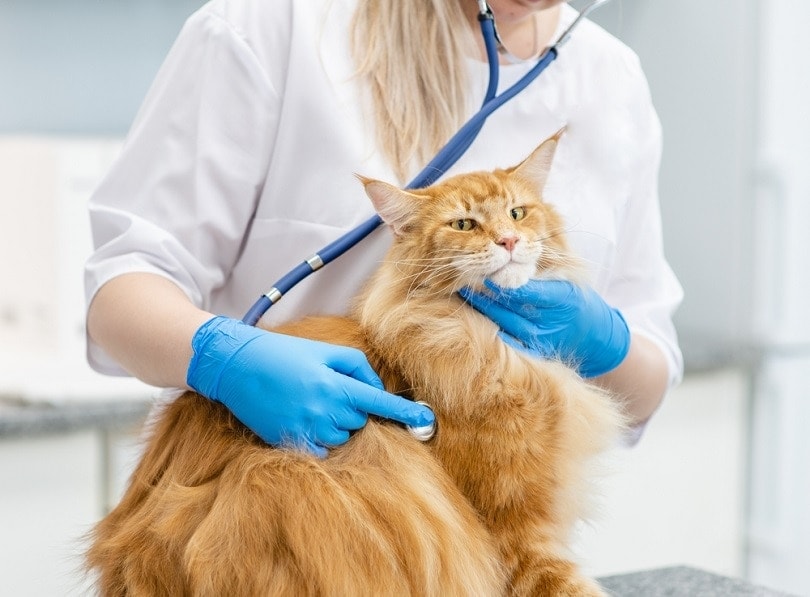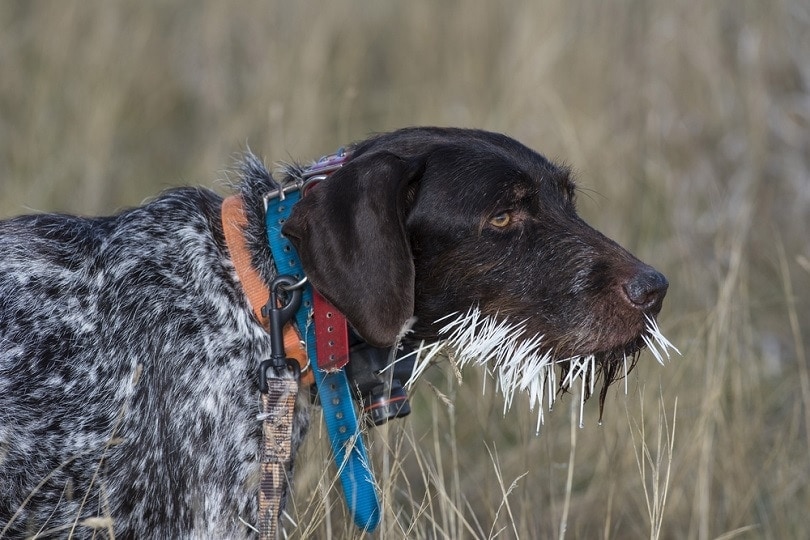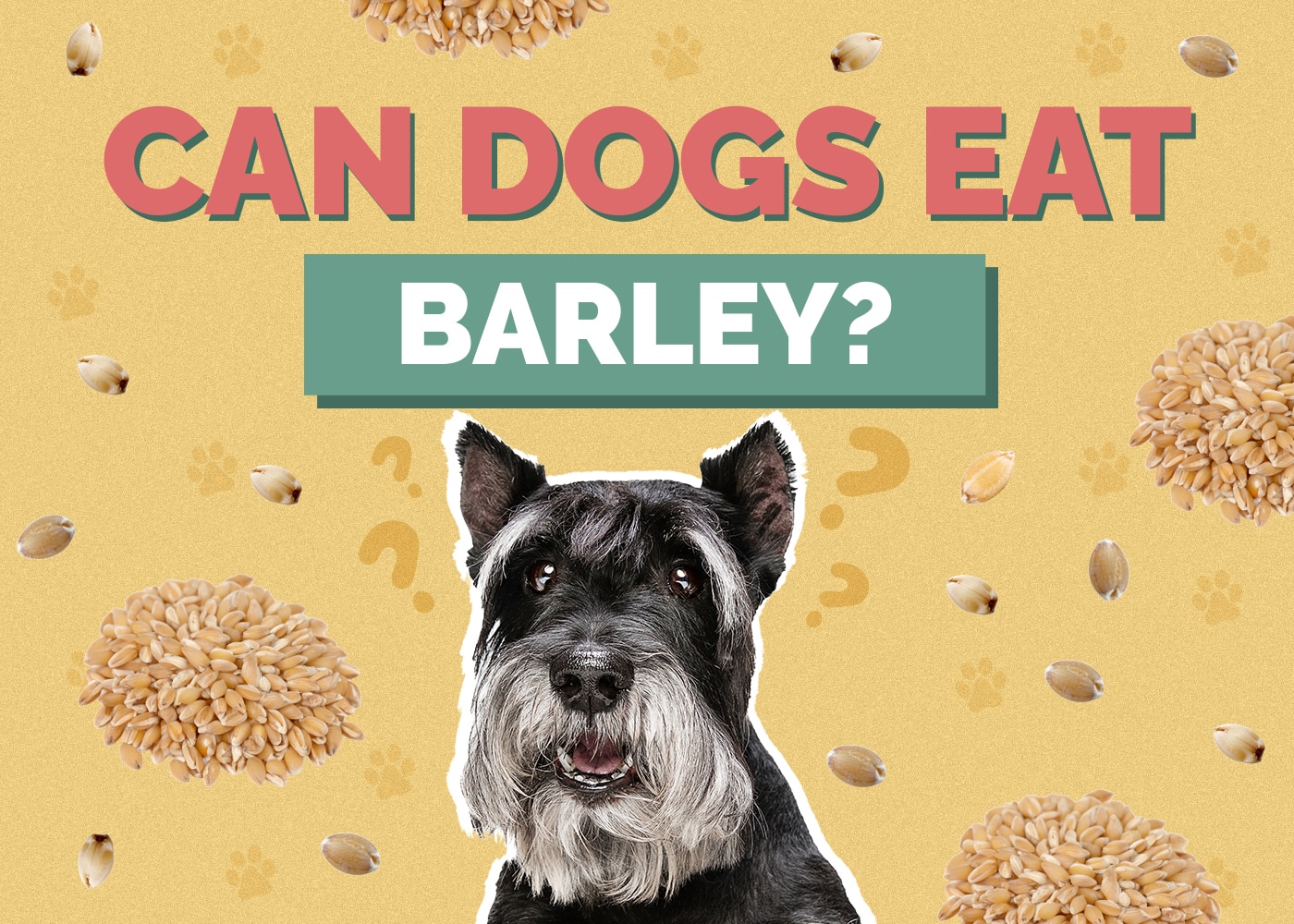Why Do Cats Drool? 8 Vet-Approved Reasons

Updated on
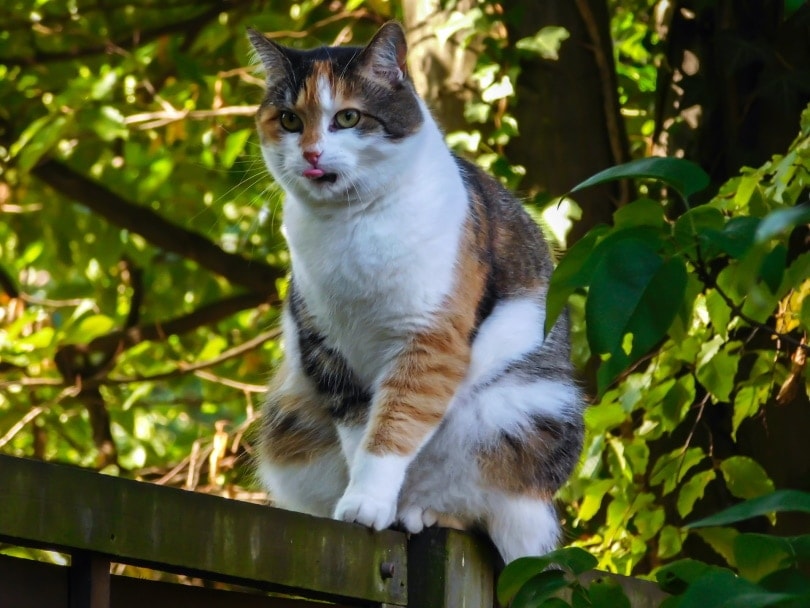
Even though dogs are considered the drooling monsters, cats are known to drool too, but they drool much less excessively and often for more serious reasons. Whenever you notice your cat drooling, it’s important to pay attention to your cat’s behavior and other body language to ensure the cat is not sick.
If you notice your cat is drooling, they may be suffering from dental disease, stomatitis, oral irritation, toxin ingestion, oral cancer, respiratory conditions, swallowing something they shouldn’t have, fear, or extreme relaxation and joy. It’s important to determine why your cat is drooling to rule out any of the severe causes.
To learn more about why cats drool and what you can do about your cat’s drooling problem, keep reading.
The 8 Potential Reasons for Cat Drool
Cats drool for a number of reasons, but most of the reasons could fall into three categories: health conditions, oral irritations, and emotional stimuli.
Even though drooling can be completely normal in some cats, excessive drooling is often a sign of a serious health condition. It’s important to notice and recognize your cat’s drooling, observe them for other signs of illness, and contact a veterinarian promptly if this is not something they usually do. Here are the eight most common reasons that cats drool.
1. Dental Disease
Cats often drool because of pain and discomfort in their mouth, commonly caused by changes on the gums and teeth. Dental disease is one of the most common causes for any mouth pain and can consequently lead to excessive drooling, among other signs.
When talking about dental disease in cats, we commonly refer to gingivitis, periodontal disease, and tooth resorption or feline oral resorptive lesions.
We listed this as the number one potential reason for cat drool because it is estimated that 85% of cats that are over 3 years old have some sort of tooth or gum disease.
- Bad breath
- Tooth discoloration
- Drooling
- Visible tartar
- Missing teeth
- Blood-tinged saliva
- Pawing at mouth
- Swollen or bleeding gums
- Reduced appetite
- Pickiness with food, particularly avoiding dry food
- Weight loss
- Dropping food from the mouth
- Head shaking
- Jaw chittering
- Chewing to one side
- Difficulty chewing at all
What to Do About It:
If you suspect that dental disease is causing your cat to drool or you have noticed any other signs of dental disease, set up a prompt appointment with your veterinarian. Dental disease is very painful and should not be ignored, as it will get worse and may have serious negative effects on your cat’s general health.
The vet will recommend the best course of action, most commonly a dental procedure with teeth cleaning and extractions if necessary, alongside painkillers and sometimes antibiotics.
Kick up your cat’s regular oral health routine in order to prevent further issues, ideally starting from an early age. Your vet can speak to you about brushing your cat’s teeth and other ways to preserve and monitor their dental health.
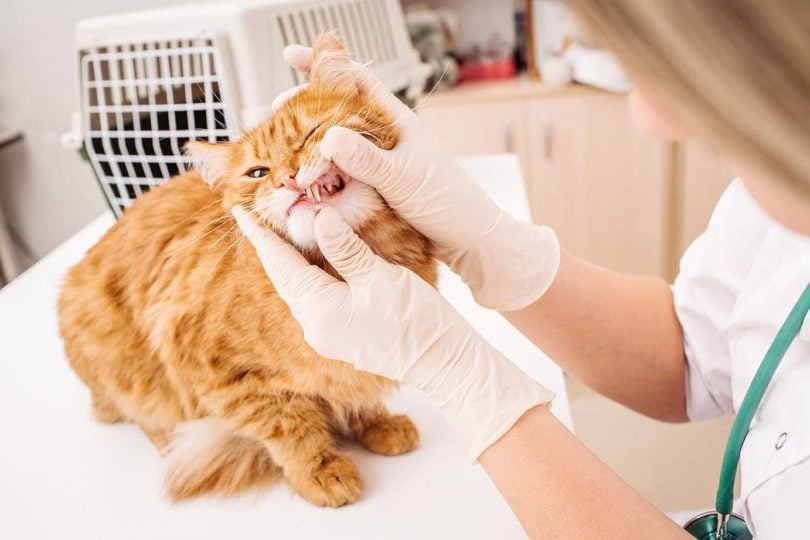
2. Feline Stomatitis
While gingivitis refers to inflammation of the gums and is the earliest stage of periodontal disease, stomatitis is a more serious and extremely painful condition in cats. It involves inflammation of all structures in the mouth, mucus membranes, gums, lips, floor and roof of the mouth, and even back of the throat. It is believed to be the consequence of an exaggerated and abnormal immune response to the bacteria and plaque in the mouth, but the exact cause remains unknown.
- Bad breath
- Drooling
- Redness and inflammation of all structures in the mouth
- Blood-tinged saliva
- Pawing at the mouth
- Swollen or bleeding gums
- Reduced appetite
- Weight loss
- Dropping food from the mouth
- Jaw chittering
- Difficulty chewing
- Crying while attempting to eat
What to Do About It:
If your cat is displaying any of the above signs, it’s important to get them to your veterinarian promptly. Oral disease, particularly stomatitis, is very painful and will easily put your cat off their food. This can lead to further health complications.
Your vet will examine the cat’s mouth and recommend an appropriate treatment plan, which may consist of dental treatment, painkillers, antibiotics, mouth washes, and more.
3. Oral Cancer
Oral cancer in cats can affect any of the tissues in the mouth, such as the lips, gums, soft or hard palate, tongue, or back of the throat. These types of cancer account for 3% of all feline cancer, but 75% of oral cancer in cats or more is malignant and classed as squamous cell carcinoma. Just as with dental disease, cats will often excessively drool due to the pain of the cancer destroying the surrounding tissues.
- Drooling
- Reduced appetite
- Red or swollen gums or tongue
- Bad breath
- Extreme weight loss
- Bloody mouth
- Facial swelling
- Difficulty swallowing or chewing
The signs for oral cancer are very similar to the signs for oral disease and other health conditions. That being said, oral cancer signs can be much more severe than other oral diseases when the illness has already progressed, but in the beginning may be very subtle and come on slowly.
What to Do About It:
Taking your cat to see a veterinarian if you suspect oral cancer or any other issue in the mouth is a must. You will want your veterinarian to perform a complete examination, but make sure they emphasize your cat’s oral health.
In many cases, they will be able to visualize the changes in the mouth during a conscious oral exam and get a good idea of the most likely cause, but if your cat is in pain or the changes are subtle, your vet will recommend an exam under sedation and possible biopsies to determine the type of cancer or to rule it out.
4. Swallowing Something They Shouldn’t Have
Although cats do not frequently swallow foreign objects, it is possible for them to sometimes swallow things they shouldn’t. If the item gets stuck in their throat or around the base of their tongue, they may start drooling more due to the pain and discomfort, particularly if the item becomes dislodged, or because they simply cannot swallow.
Some foreign bodies will get completely swallowed and end up in the stomach or intestines, potentially leading to a gastrointestinal blockage that requires surgery or endoscopy. This can also cause drooling, alongside other signs.
- Inability to swallow or exaggerated swallowing
- Gulping
- Pawing at the mouth
- Retching
- Oral pain
- Decreased appetite
- Lethargy
- Vomiting
- Abdominal pain
What to Do About It:
If a foreign object is to blame for your cat’s drooling, whether you can see it in their mouth or not, it’s important to get your cat to the vet urgently. Even if it seems you can easily remove a foreign object from their mouth that seems stuck, it’s important to let the veterinary professional do this instead, as the material may be stuck around your cat’s tongue, in the back of the throat, or may be even partially swallowed, and pulling it could cause severe damage to other tissues in the mouth or the esophagus. Instead, take the cat to the veterinarian who will be able to do so safely.
If, on the other hand, your cat has just picked up a toy and is chewing at it, it’s important to remove the toy from their mouth before they attempt to swallow it. Supervise your kitten or cat while playing with toys, and if they love to put objects in their mouth and are at risk of swallowing them, find other interactive ways to stimulate your cat physically and mentally in order to avoid them swallowing foreign objects. String-like toys and items are particularly dangerous if swallowed.
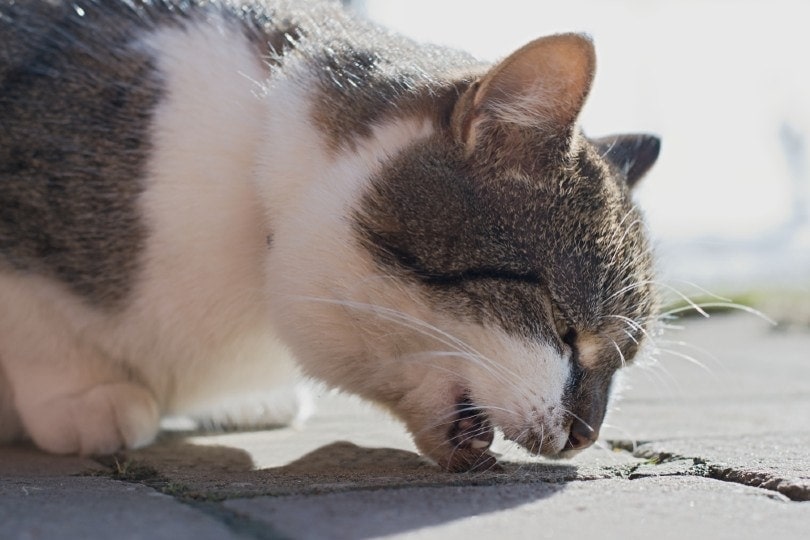
5. Respiratory Conditions
Respiratory conditions affect more than just your cat’s upper airways and lungs. Many cats that develop a viral respiratory infection often develop ulcers and other painful sores in their mouth. Cats increase their saliva production as a response to the inflammation and the pain from these ulcers.
- Sneezing
- Congestion
- Cough
- Eye discharge
- Runny nose
- Reduced appetite
- Lethargy
What to Do About It:
Respiratory conditions can be very serious and require veterinary attention and treatment. Cats can easily develop nasal discharge that blocks their nose and makes it hard for them to breathe. This can become a genuine emergency if left untreated. Also, their sense of smell will be impacted due to congestion and inflammation in the nose and mouth, often putting them off their food.
Take your cat to a veterinarian to get looked at. If a respiratory condition is the cause for your cat’s increased drooling, your vet will recommend the best treatment options based on their particular case and suspected cause.
6. Other Health Conditions
There are many other health conditions that can cause a cat to drool. Some of them may include a trauma to the mouth or jaw, ingestion of various toxins and irritants, licking unpleasant substances that cause oral irritation, neurological disorders, severe organ system disease, gastrointestinal disease, and even gastrointestinal neoplasia.
There are various signs related to these disorders, but we will note the most common ones. Taking oral medications, particularly unpleasant or bitter ones, can also cause a cat to drool.
- Drooling
- Pawing at the mouth
- Inability to close the mouth in case of a trauma or fracture
- Loss of balance
- Falling over
- Weight loss
- Changes in appetite
- Changes in drinking and urination
- Vomiting and diarrhea
What to Do About It:
Speak to your veterinarian as soon as possible if your cat is suddenly drooling and you suspect there is an underlying health issue that’s causing it. As you can see, there are many possible causes for drooling, and they will require accurate diagnosis and prompt treatment, as they will cause pain to your kitty and may indicate a serious underlying health issue.
7. Fear
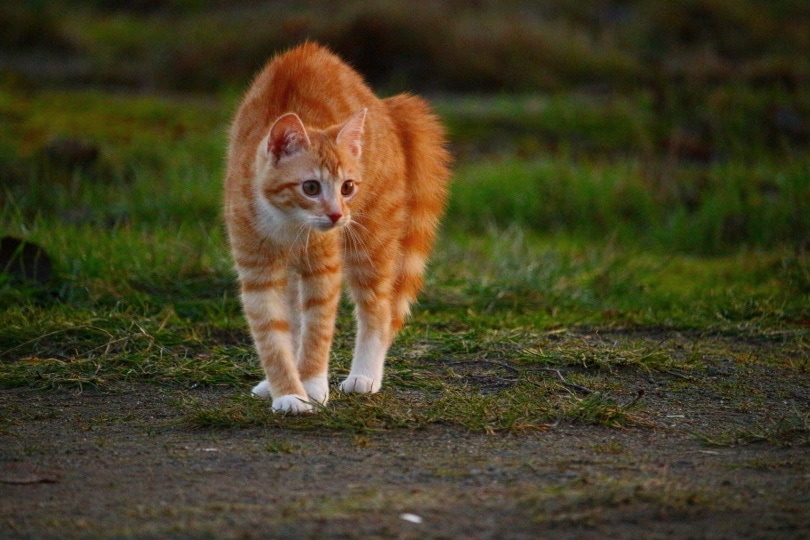
Emotional stimuli doesn’t cause all cats to drool, but some cats will drool whenever they are upset orscared. Sometimes, drooling in a fearful situation can even cause the cat to become nauseous and eventually vomit, but oftentimes, it settles down as the fearful stimuli is removed. Motion sickness is another example of when a cat may drool excessively because they are fearful but also nauseous, often due to a car drive.
- Freezing in place
- Running away
- Hiding
- Arching back
- Hair standing up
- Wide eyes
- Hissing
- Low, flattened ears
What to Do About It:
If you are able to diminish the fearful situation, do so to put your cat more at ease. However, this may not be an option for all situations, such as if you were driving across the country with your cat. In the case that you cannot reduce the stress of the situation, try your best to calm the cat.
If you know in advance your cat will be placed in a stressful situation, contact your vet about potential calming medications, pheromones, or remedies. Training your cat and slowly getting them used to certain situations with positive enrichment and rewards may also help to reassure them and reduce their stress.
8. Joy and Relaxation
Just as fear can cause your cat to excessively drool, so too can joy and relaxation. For some cats, it may be quite common to excessively drool from relaxation. Many cats excessively drool whenever they are pet, cuddled, or experiencing extreme happiness. It may also be normal for some cats to drool when they are asleep due to relaxation, just as we can drool when we sleep. But remember that such cats will start doing this from a young age, and any sudden drooling is more often a sign of illness or pain than contentment.
- Purring
- Playful
- Approaching you
- Rubbing on you
- Resting eyes
- Eye contact
- Laying in a vulnerable position (like on the back with belly exposed)
What to Do About It:
If your cat is drooling out of joy or relaxation, you don’t need to do anything. It shows that your cat is happy and healthy. Keep doing whatever you have been doing.
Final Thoughts
Even though you shouldn’t expect your cat to drool nowhere near as much as a dog, drooling is something to look out for. Just as drooling can be an indicator that your cat is super happy and content around you, it can also be a sign of serious illness and pain, particularly if it occurs suddenly or your cat is not usually one to drool from content. Pay attention to other behaviors and signs and get your cat examined by the vet promptly to get to the bottom of your cat’s drooling.
Featured Image Credit: Thomas B, Pixabay


